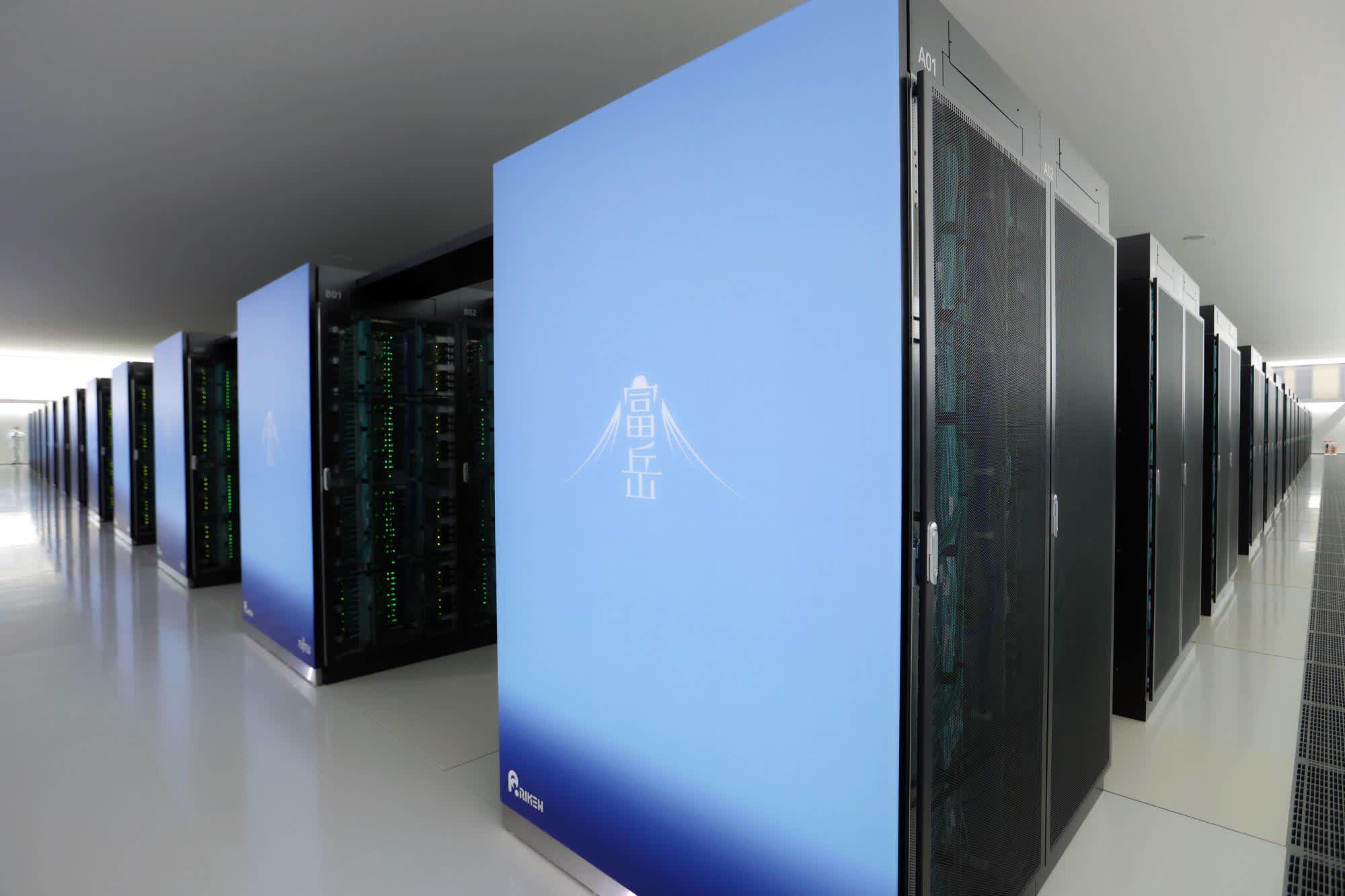In brief: Fujitsu is a Japanese multinational conglomerate that mostly sells personal and enterprise computing products, as well as x86 and mainframe servers. The company is active in the high-performance computing (HPC) business as well, and is, of course, interested in exploiting the latest AI craze like every other technology company on the planet.

Fujitsu developed two new technologies designed to optimize CPU and GPU workloads on powerful HPC systems. The company is working to allocate resources in real-time to better manage processes with high execution efficiency while optimizing parallel processing of multiple programs at the same time. The new solutions are meant to address the global shortage of GPUs caused by the explosive demand for generative learning and other AI-related technologies, Fujitsu said.
Scheduled to be demoed during this week's SC23 HPC conference in Denver, Colorado, these optimization technologies include an "Adaptive GPU Allocator" that can seemingly detect if a program needs to be executed on a GPU accelerator or on a CPU. The Allocator is implemented as a separate server, which is designed to measure code execution performance.
If a program wants to use a GPU in an HPC system, the allocator server grants access while examining the process time of a mini-batch job on both a GPU and a CPU. If the GPU batch test doesn't provide enough reduction in process time, the allocator proceeds to re-allocate the job on a CPU. Programs will unfortunately need to be written specifically to use the new allocator server through a dedicated framework, Fujitsu confirmed.

Another solution for HPC workload optimization is Interactive HPC, which Fujitsu describes as the world's first technology for "real-time switching of execution of multiple programs on an HPC system." Conventional control methods employ unicast communication, Fujitsu explains, switching program execution to each server "one by one."
Interactive HPC adopts a broadcast communication method, which sends switching instructions to each computing node in an HPC system. The new method is seemingly good enough to cut the process switching time from a few seconds to 100 milliseconds while working in a 256-node HPC environment, Fujitsu stated.
Fujitsu's plans for the new GPU allocation technology are mainly focused on "Kozuchi," the company's AI platform designed to provide customers with a quick way to test "advanced AI technologies." The HPC optimization technology will also appear on Fujitsu's 40 qubit quantum computer simulator. Further applications in a computing-as-a-service HPC environment are seemingly being considered as well.
https://www.techspot.com/news/100849-fujitsu-claims-new-tech-can-optimize-cpu-gpu.html